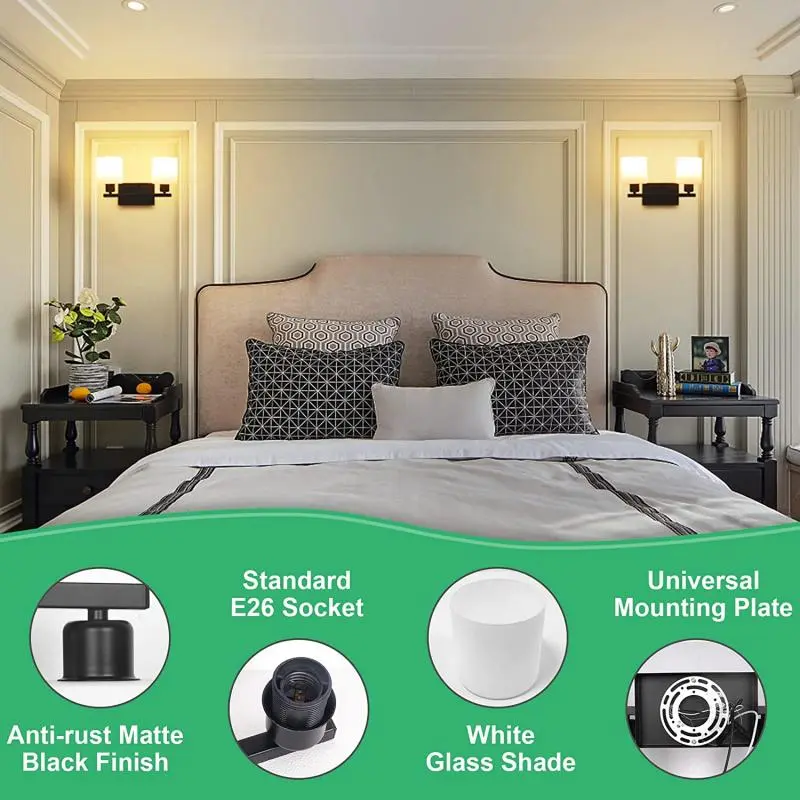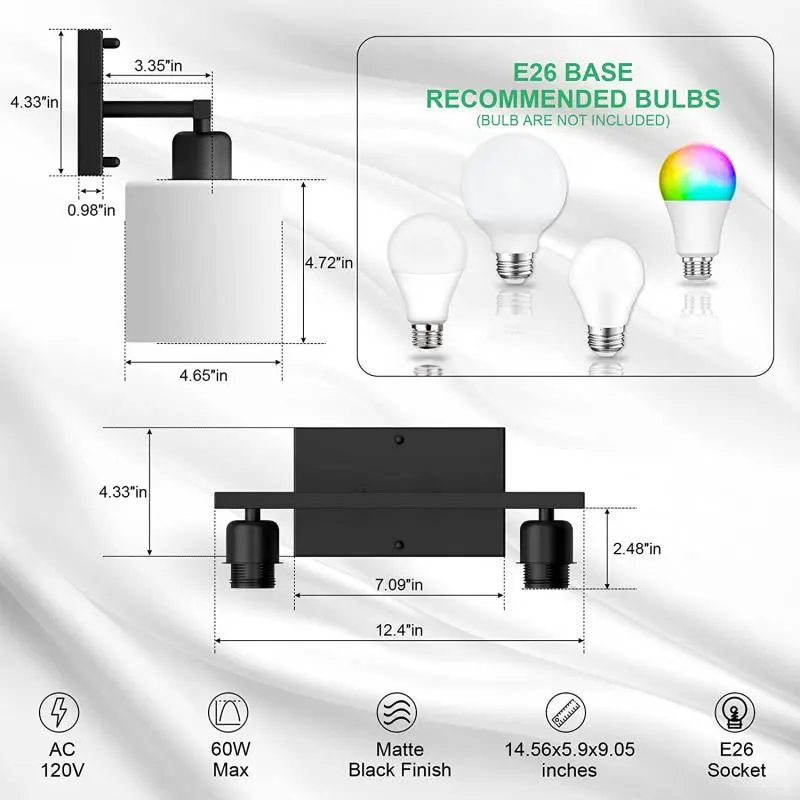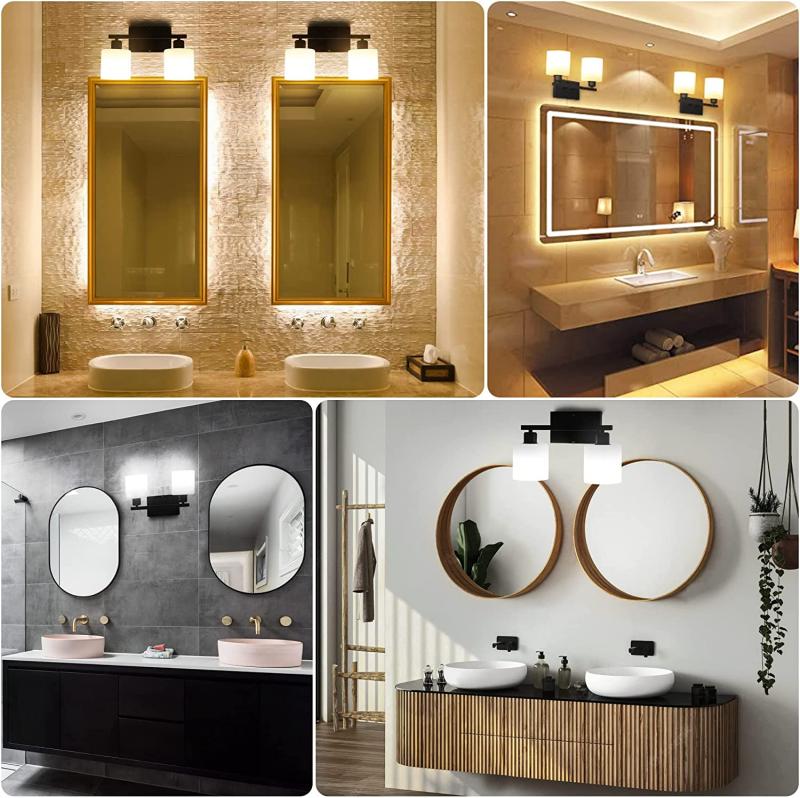What is the best lumen value for bedroom LED lighting?
Unlike traditional incandescent or fluorescent lamps, LED bulbs not only provide soft and warm light, but also effectively save energy. As a space that focuses on comfort and privacy, reasonable lighting in the bedroom can not only create a warm atmosphere, but also improve sleep quality and quality of life.
This article will conduct a detailed analysis around the topic of "What is the best lumen value for bedroom LED lighting?", discussing the standard requirements for bedroom lighting, the selection of lumen values, and how to select the most suitable LED lighting according to different needs and environmental conditions.

What is Lumen?
1.1 Definition of Lumen
Lumen (lm) is an international unit for measuring the total amount of light (luminous flux) emitted by a light source. It not only reflects the brightness of the light source, but also takes into account the human eye's perception of light. The higher the lumen, the greater the amount of light emitted by the light source. Simply put, the higher the lumen value, the brighter the light.
Another important unit related to lumen is "watt (W)", which is used to measure the power consumption of the light source. However, lumens and watts are not directly equivalent, especially in LED lamps, where lower watt power can also provide relatively high lumen output, which is also a major advantage of LED lamps in energy saving.
1.2 The relationship between lumens and bedroom lighting
In the selection of bedroom LED lighting, lumen value is one of the key factors in evaluating the brightness of the lamp.
The lighting demand of the bedroom depends not only on the brightness of the light source, but also on the size of the room, the color of the wall, the lighting demand of the bedside area, etc. Too high lumen value may cause the light to be too glaring, affecting the quality of rest and sleep; while too low lumen value may cause insufficient light, affecting daily activities such as reading, tidying clothes, etc.
Therefore, understanding the optimal lumen value of bedroom LED lighting can help consumers choose the most suitable lighting fixtures and create a warm and practical sleeping environment.

What are the lighting requirements for bedroom lighting?
2.1 Basic requirements for bedroom lighting
The bedroom is a space that needs to create a comfortable and relaxing atmosphere, and the lighting design should be soft and warm. In addition to the low brightness requirement for sleeping at night, the bedroom also needs to provide sufficient brightness during the day and at night to support other activities, such as dressing, making the bed, reading, etc. Reasonable lighting can effectively improve the comfort and functionality of the space.
The design of bedroom lighting usually includes two parts:
• Overall lighting: usually provided by the main light or multiple lamps, the purpose is to provide uniform basic light for the entire bedroom. This type of light is not too glaring, and dead corners should be avoided.
• Auxiliary lighting: such as bedside lamps, reading lamps, etc., are usually used for local lighting in specific areas. The light source of this type of lighting usually requires high adjustability and comfort to avoid strong light interfering with sleep.
2.2 Brightness distribution of bedroom lighting
The brightness requirement of bedroom LED lighting is closely related to the size, layout and function of the bedroom. Generally, the guiding principles for bedroom lighting brightness distribution are as follows:
• General bedroom: 30-40 lumens/m2
• Large bedroom or master bedroom: 40-50 lumens/m2
• Bedside area: The brightness of the bedside lamp should be moderate, generally around 100 lumens (can be adjusted appropriately according to specific needs).
• Reading area: If there is a reading demand in the bedroom, you can choose a more concentrated local lighting, such as a table lamp or wall lamp, with a brightness between 150 lumens and 300 lumens.
Based on these basic requirements, we can derive the lumen values required for different areas of the bedroom. In order to meet the overall brightness requirements of the bedroom, the lumen value of the main lighting should be selected based on the area of the bedroom.

How to choose the best lumen value for bedroom LED lighting?
When choosing the best lumen value for bedroom LED lighting, you need to consider the area of the bedroom, wall color, window lighting, furniture layout and other factors. The following is the recommended lumen value range based on the bedroom area and design requirements.
3.1 Choose lumen value based on bedroom area
The area of the bedroom is the most important factor in determining the total lumen value required. The total lumen value can usually be estimated based on the number of lumens required per square meter. The following is a recommended range of lumens based on the size of the bedroom:
• Small bedroom (10-15 square meters): For a smaller bedroom (such as a 10 square meter single room), the total lumen value required for bedroom LED lighting is generally about 300-600 lumens. In this case, choosing LED lamps with a lower total lumen value is sufficient to provide the required light brightness.
• Medium bedroom (15-25 square meters): For bedrooms of 15 to 25 square meters, the recommended total lumen value is about 600-1000 lumens. The lighting demand in this area is relatively high, so multiple LED lamps can be selected to ensure uniform light in the room.
• Large bedroom (more than 25 square meters): For larger bedrooms (such as master bedrooms of more than 25 square meters), the total lumen value required should be between 1000 lumens and 1500 lumens. Multiple lamps can be used for distributed lighting, or high-power LED lamps can be selected to ensure sufficient light.
3.2 Choose lumen value according to bedroom function
In addition to the bedroom area, the function of the bedroom is also an important factor in determining the required lumen value.
For example, if the bedroom has a separate desk, reading area or dressing area, the lighting requirements of these areas may be higher. Therefore, lamps with higher lumen values should be selected according to specific needs. For example, the brightness of bedside lamps or reading lamps usually needs to be between 100 lumens and 300 lumens to provide sufficient lighting for reading or other activities.
•Bedside lighting: The main function of bedside lamps is to provide warm and soft local lighting, and lamps with lower lumen values are usually selected to avoid excessive glare. Depending on the needs, the lumen value of bedside lamps is generally between 100-200 lumens. Such lamps should usually choose LED lamps with adjustable brightness so that they can provide appropriate light intensity when used at night.
•Reading lighting: If there is a reading area in the bedroom, you can choose lamps with higher brightness, such as table lamps or wall lamps. For reading needs, the brightness of LED table lamps or wall lamps can be selected between 150 lumens and 300 lumens, which can ensure sufficient lighting without being too glaring.
• Wall color and light reflection: The color of the wall has a significant impact on the effect of bedroom lighting. Light-colored walls can effectively reflect light and increase the brightness of the room. Therefore, for bedrooms with light-colored or white walls, a lower lumen value can be appropriately selected. For darker walls, due to the higher light absorption rate, it may be necessary to select LED lamps with higher lumen values to compensate for light loss, thereby ensuring that the light in the bedroom is uniform and sufficient.

How to optimize the light distribution of LED lighting in the bedroom?
In addition to the choice of lumen value, the light distribution in the bedroom is also very important. Reasonable lamp arrangement and light projection method can avoid the concentration or excessive exposure of light sources, thereby creating a comfortable and uniform lighting environment.
4.1 Lighting design and lamp arrangement
• Central lamp: You can choose a main lamp located in the center of the bedroom ceiling to provide overall basic lighting. According to the area of the bedroom, choose an LED bulb with a suitable lumen value. For larger bedrooms, you can choose to use multiple lamps in combination.
• Local lighting: Such as bedside lamps, wall lamps, table lamps, etc., used for local lighting in specific areas. Bedside lamps should generally choose lamps with adjustable brightness and beam angle so that the intensity and direction of light can be adjusted as needed.
• Interaction between lamps and furniture: Considering the furniture placement in the bedroom, choose appropriate lamps to avoid direct light onto the bed or TV screen, causing glare or uncomfortable lighting experience.
How long has Huari Lighting been manufacturing LED lighting?
We have been manufacturing lighting products since 1996 and transitioned into LED lighting with the industry's evolution. With nearly three decades of experience, we’ve built a reputation for innovation, quality, and reliability. Our factory integrates R&D, manufacturing, and quality testing under one roof. That long history and expertise make us a top LED lighting company in China.
